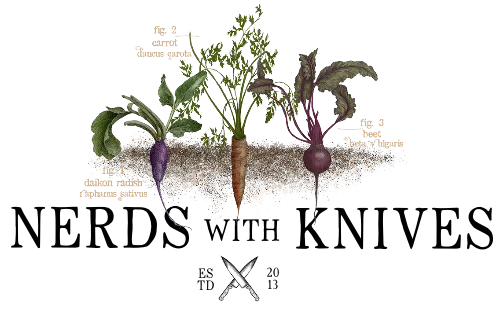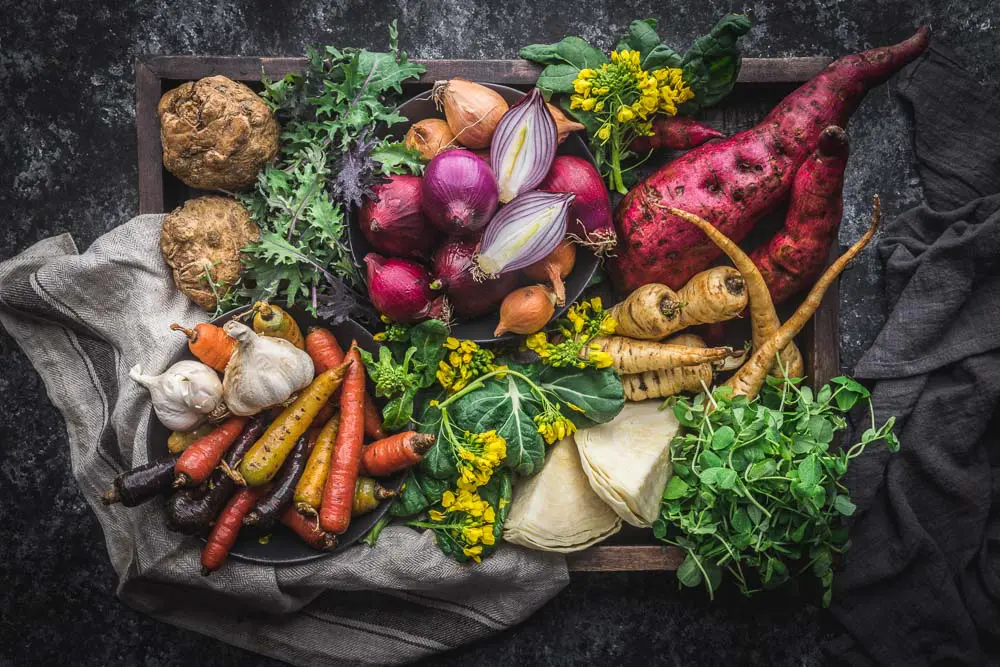
This post was created in partnership with the Glynwood Center for Regional Food and Farming and the Hudson Valley CSA Coalition which supports over 120 individual farms in the Hudson Valley of New York.
Whether you’re new to the idea or are a long-term participant, now is the time to choose your 2022 Hudson Valley CSA and sign up!
Introduction to CSAs
Community Supported Agriculture, or CSAs, are a way to connect you to your local farms. You buy into the plan for a season, and collect a regular share of produce — most often vegetables, but sometimes also dairy produce, meat, and even flowers, depending on the farm.
Community supported agriculture is the best way to help your local farms. By joining a CSA, you’re buying directly from the farm, helping to guarantee a market, and income, for their produce for the season. You’re also helping spread the risk of unknown harvest quantities.
Most CSA shares run through the summer months, when harvest is at its peak. You may also find winter shares, where late-planted hardy crops like hard squash and hardy greens are favored. Spring shares will contain some storage veggies, some that are over-wintered in the ground, and a selection of cool-weather, early-year greens such as peas or baby kale.
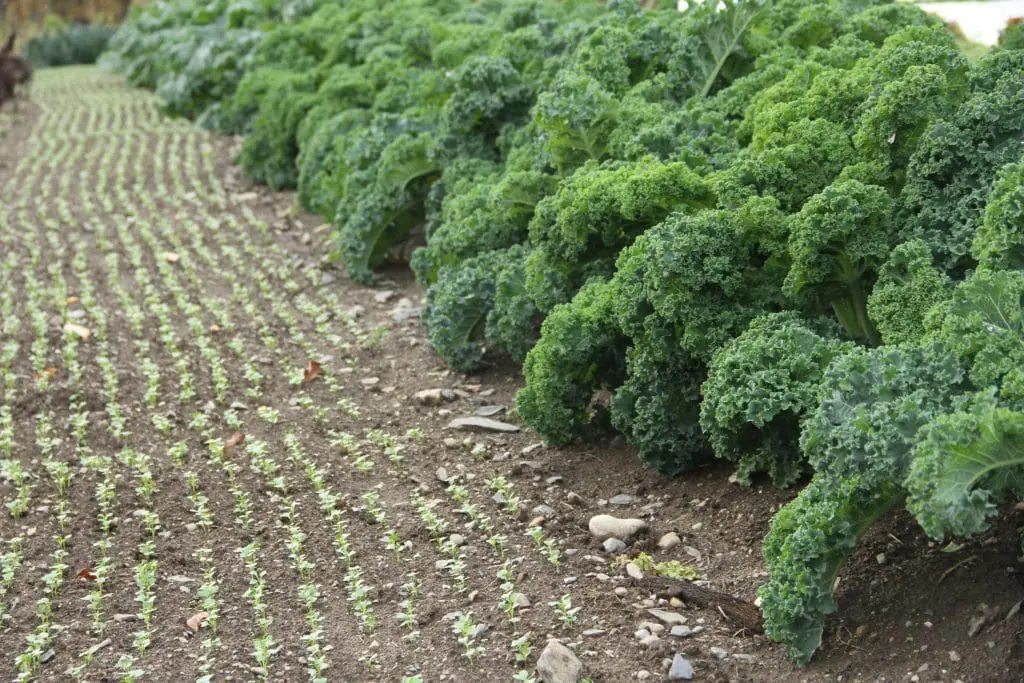
If you’re thinking of joining a CSA for the 2022 season, now is the time to sign up! We’re going to give you a few resources for finding the best local partner for you, but let’s start by talking a little about the program here in the Hudson Valley which helps match households with farms: the Hudson Valley CSA Coalition.
The Hudson Valley CSA Coalition
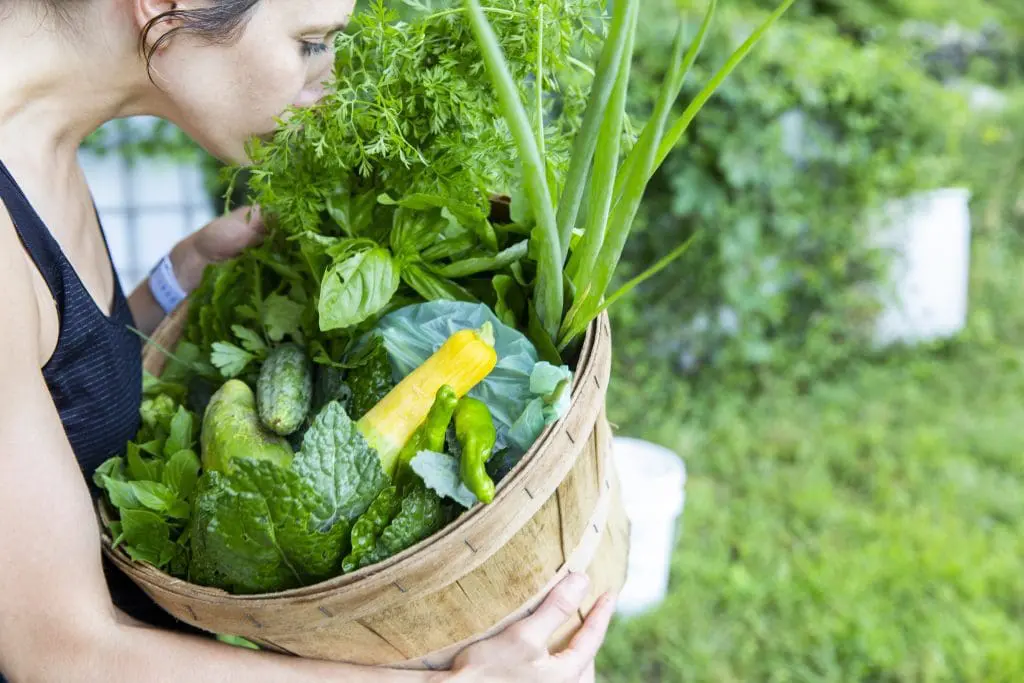
We spoke with Kate Anstreicher, Glynwood’s Program Manager, whose work includes coordinating with local farms to make sure they get the support they need, and facilitating access to CSA programs for people who want to buy shares.
The Glynwood Center created the Coalition in 2017 after hearing from local farmers that they needed better outreach and marketing to prospective individual buyers. Thanks to a three-year grant from the USDA’s Farmer’s Market Promotion Program, they were able to set up their website and create marketing programs and materials that helped people discover farms, join a CSA, and learn about cooking with the produce that they’re buying.
Kate pointed us to resources on the CSA Coalition website, which include the Find-a-Farm page. This is a great first-stop to help you find the farms near your location, narrow down the kind of produce you’re looking for, and determine what size of share works for you. Farms usually offer full shares, with a pickup every week, or a half share, which is every two weeks. And different kinds of shares are available at different times of the year.
Their site also includes index cards of vegetables to help you store and cook with what you buy, and a mailing list that you can sign up to, to receive updates on local CSA programs.
Every year in early Spring, there’s a CSA Fair where you can meet the participating farmers, learn about their operations and the produce they expect to sell, and ask questions about the CSA program. For the last few years, the event has been held virtually, and you can watch the recording of the 2022 Fair here for more information. “The Hudson Valley is a great place for new farmers to establish roots,” Kate told us, “and CSA is a really good model for small scale farming.” In fact, the majority of farms that take part in CSA programs have 15 acres or fewer, and many even operate on less than 5 acres.
You’ll find information on Hudson Valley CSAs, and local participating farms, in local food-centric publications such as Edible Hudson Valley and The Valley Table, and other local features magazines like La Voz and Chronogram. You might even find that your neighbors and friends already participate in shares, so pick their brains too!
Kate told us that one issue for many people is that the upfront fee can seem like a big investment when you’re not certain about the process or the quantities of produce that they’ll see over the course of the season. “People do sometimes balk at the price”, she says, but, when you break it down, “it’s reliably more affordable than prices at the farmer’s market, and even cheaper than what you would pay retail”. And when you consider that many CSA farms are certified organic, you’re really getting the best of both worlds.
Food Access, Discounts and SNAP
CSAs work on a pay-upfront model, so the farms are able to use your fee to pay their workers and invest in seeds and equipment for the upcoming season. This can be difficult for many families on a lower income, so farms use different pricing options to help ensure that more people are able to participate.
Farmers are passionate about food accessibility. Many CSAs offer a Solidarity Shares program, offering discounted or even free shares, which are subsidized by donations from other members. Some farms have a sliding scale for payment based on what you can afford. If you’re willing to get your hands in the soil, you can look for Working Shares, trading some working time at the farm for a share in the CSA.
You may also be familiar with SNAP, the Supplemental Nutrition Assistance Program, which gives families financial assistance for food purchases. (Here in New York, the State has an information page on how SNAP works.) SNAP is a crucial part of improving food access for lower-income families; however, “It’s hard to reconcile the CSA model with SNAP,” says Kate, “because the whole concept of CSA is that you pre-pay”.
Fortunately, some farms offer payment plan models, so that customers using SNAP can more easily participate. A recent USDA grant helped the Coalition set up the CSA is a SNAP program, working towards better access to CSAs for SNAP members. The program has a revolving loan funded by grants, which pre-funds farmers for SNAP shares that they’ll offer. And they’re working to include more farms in the program. They want as many people as possible to have access to the great fresh local food that CSAs guarantee!
You may also see SNAP accepted at local farm stores. Ask your farmer when you’re enquiring about signing up.
National and International Resources
If you’re further afield than the Hudson Valley, you can still feel free to email the Coalition at [email protected] to get pointers for finding resources near you. It’s always worth talking with your local farms, too, when you see them at farmers markets, or check in your local food magazines for CSA listings.
In the US, you can also check the USDA national directory of CSAs and the CSA Innovation Network. CSAs are available all over the world, with different names and models, but in every case, you’re helping to keep your local farms in business, growing fresh, local produce for everyone to enjoy.
Using the Produce in Your CSA Share
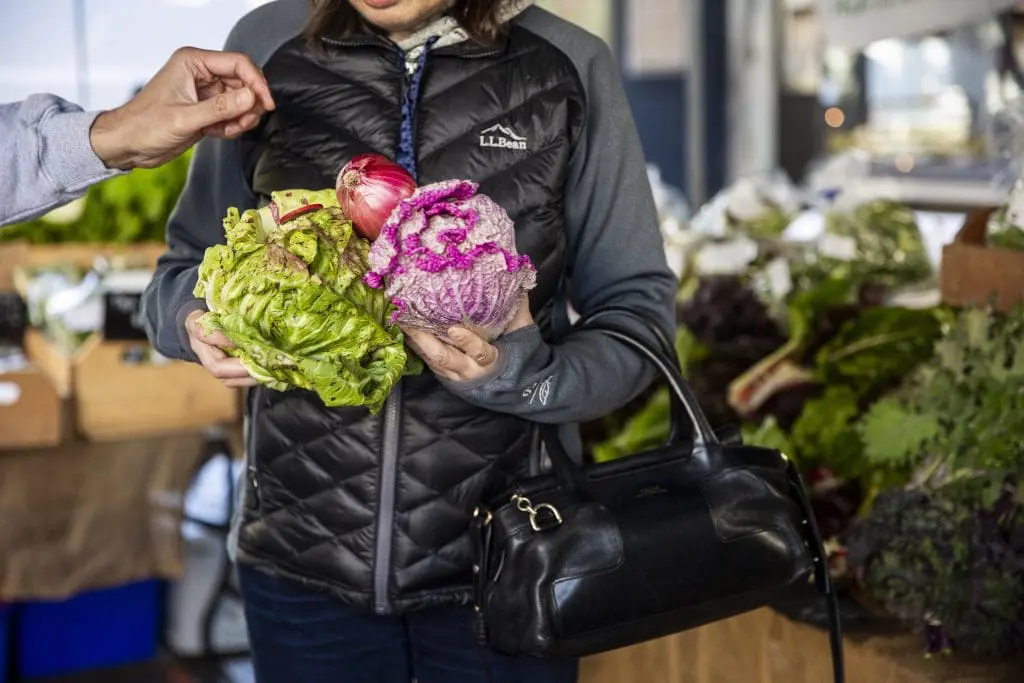
Whether you’re new to Community Supported Agriculture, or a seasoned pro, you’re going to want some tips for how to best to use all that fresh, delicious produce.
You’re going to get a lot of produce in your CSA share. Some may be familiar items that you use in your kitchen on a regular basis, but others might not. Celeriac, kohlrabi and garlic scapes, to mention a few examples, don’t turn up in popular recipes on a regular basis. You’re also going to be dealing with unexpected quantities. What your local farm has available will vary week by week – there are times when you end up with more of one product than you think you can use, or, conversely, less than you might normally buy at the store.
We’ve put together a selection of recipes that should make a good fit for many of the selections you’ll find in your CSA share. We’ve indicated where you can use a vegetable as a substitute. Note: this produce is typical of farms in the Northeast US, where we’re based. If you’re elsewhere in the country or the world, you’re likely to see different options.
Vegetable AND RECIPE Index
Asparagus | Basil | Fresh Beans (Green Beans) | Beets | Broccoli | Broccoli Rabe | Cabbage | Carrots | Cauliflower | Celeriac | Celery | Chard | Corn | Cucumber | Eggplant | Escarole | Fennel | Garlic | Ground Cherries | Kale | Leeks | Onions | Parsnips | Peas and Pea Shoots | Peppers | Potatoes | Radishes | Ramps | Rhubarb | Rutabaga | Shallots | Spinach | Summer Squash | Sweet Potatoes | Tatsoi | Tomatoes | Winter Squash
